Gortyna (or Gortyn) is located in the middle of the Mesara plain in south-central Crete. It is the largest archaeological site on the island and one of the most fascinating. The ancient city was an important settlement throughout antiquity and became the capital of the Roman Province Creta et Cyrenaica in the late 1st century BC. According to tradition, it is where Zeus, in the guise of a bull, brought the princess Europa from her home in Phoenicia. Homer mentions Gortyna in the Iliad as “having walls” and in the Odyssey as the place where Menelaus and his fleet of ships, returning home from the Trojan War, were blown off course to the Cretan coastline. Nowadays, Gortyna is particularly well known for its Law Code, the longest extant ancient Greek stone inscription in Greece.
Coordinates: 35° 3′ 45.46″ N, 24° 56′ 48.52″ E
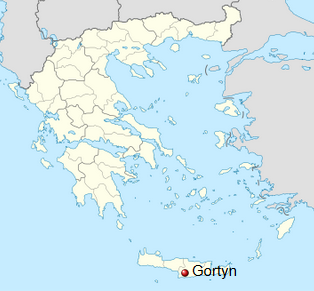
The region of Gortyna has been continuously occupied since the Neolithic era (5000-3300 BC). During the Minoan period, a small settlement established itself under the control of the Minoan palace of nearby Phaistos. Gortyna later developed around a fortified acropolis surrounding the Temple of Athena Poliouchos (city protector), as shown on a clay idol of the armed goddess found on the site. From the 8th century BC, the city expanded towards the south and began to spread to the foot of the hill and along the banks of the Lethaios River, where the agora was laid down in the 6th century BC. At the same time, other small settlements started to appear further down the plain, like the site of the Temple of Apollo Pythios. In the Archaic era, a second centre was added to the city around the Temple of Apollo, which became the new official temple of the town.
During the Classical period, Gortyna continued to grow and prosper, but very little remains of this period except for the twelve stone blocks carrying the famous law code discovered in 1884. The 600 lines, written in a Dorian dialect and dating to the first half of the 5th century BC, were the earliest law code in the Greek world. The inscription, inscribed in the boustrophedon system of writing (alternate lines in opposite directions), provides important information on the city’s laws and, specifically, its civil law. The code deals with matters surrounding family and inheritance laws, adoptions, and divorces, as well as with crimes against morals (rapes, adultery) and the rights of women and slaves.
When the Romans invaded Crete, Gortyna sided with the conquerors, and the city became the island’s capital. It enjoyed great prosperity and was endowed with lavish public buildings, including a majestic praetorium, an amphitheatre, a hippodrome (unique in Greece), a third agora, baths and temples. At its peak, over 100,000 people are believed to have lived here.
From the 3rd century AD, during the early Christian years, Gortyna was the first Cretan city to welcome the new religion. The nearby village of Agii Deka (Ten Saints) was named after the ten Christian martyrs killed in the amphitheatre in AD 249. One of the first Christian churches was built at Gortyna, and the remains of an important 6th-century Byzantine church can still be seen today. It was dedicated to St. Titus, the first Bishop of Crete, appointed by the Apostle Paul and tasked with disseminating the Christian religion throughout the island. The city was finally destroyed by the Saracens in AD 824.
The ruins of Gortyna occupy a two-kilometre-long square area, making this archaeological site the largest in Crete and one of the biggest in the whole of Greece. Sadly, most buildings are not easily explored and have been fenced off. The only structure fully accessible is the Odeum with the Law Code. Finds from the site are on display in the Heraklion Archaeological Museum and the Sculpture Gallery at the site.
PORTFOLIO

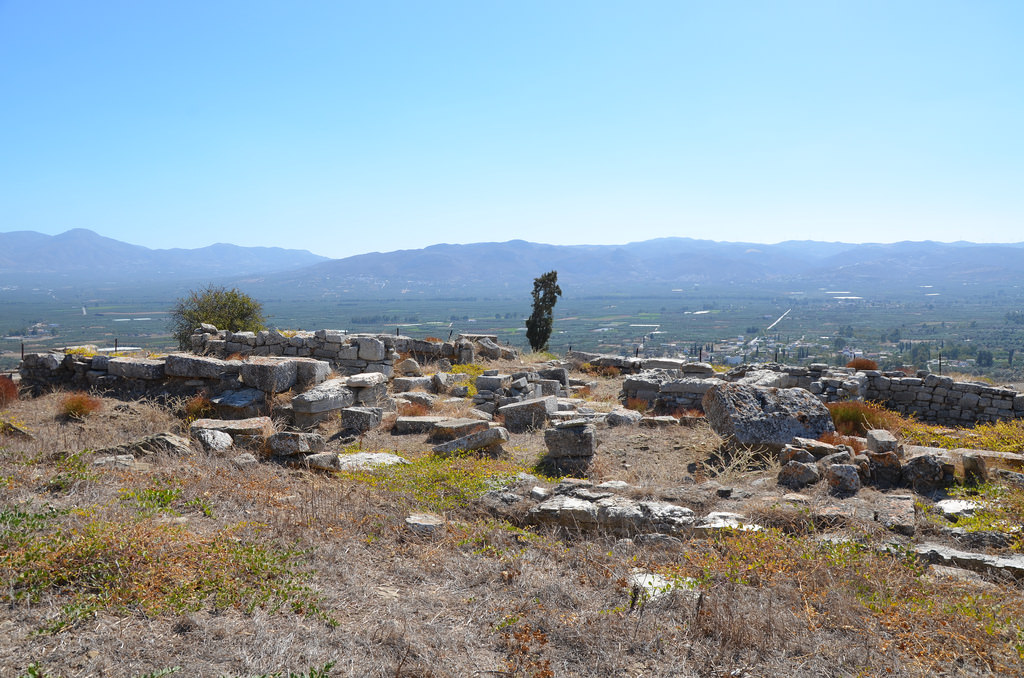

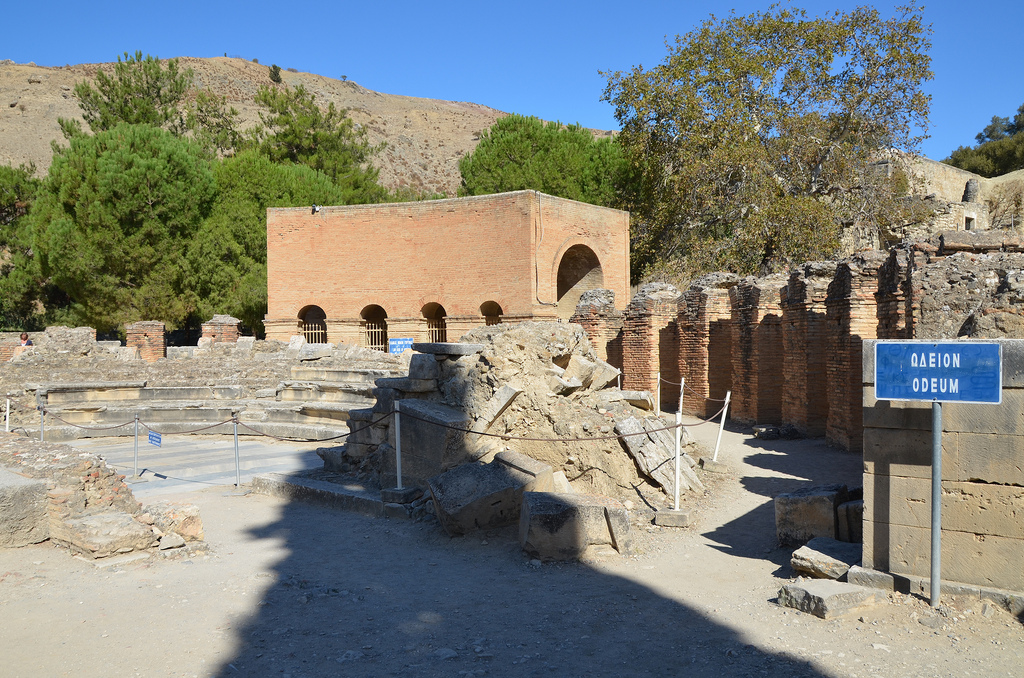
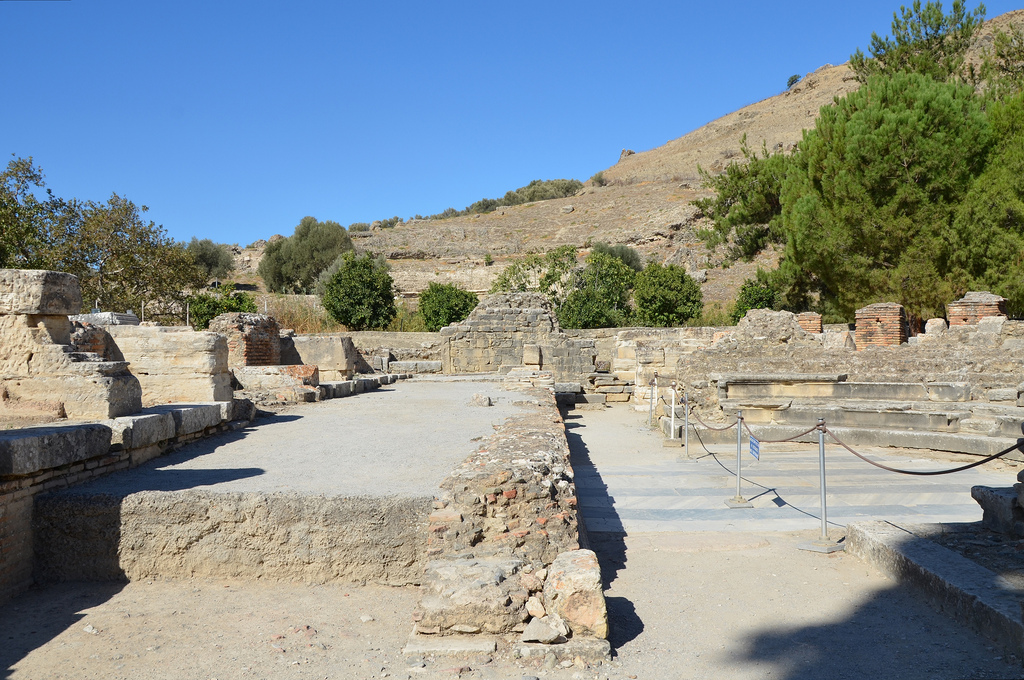


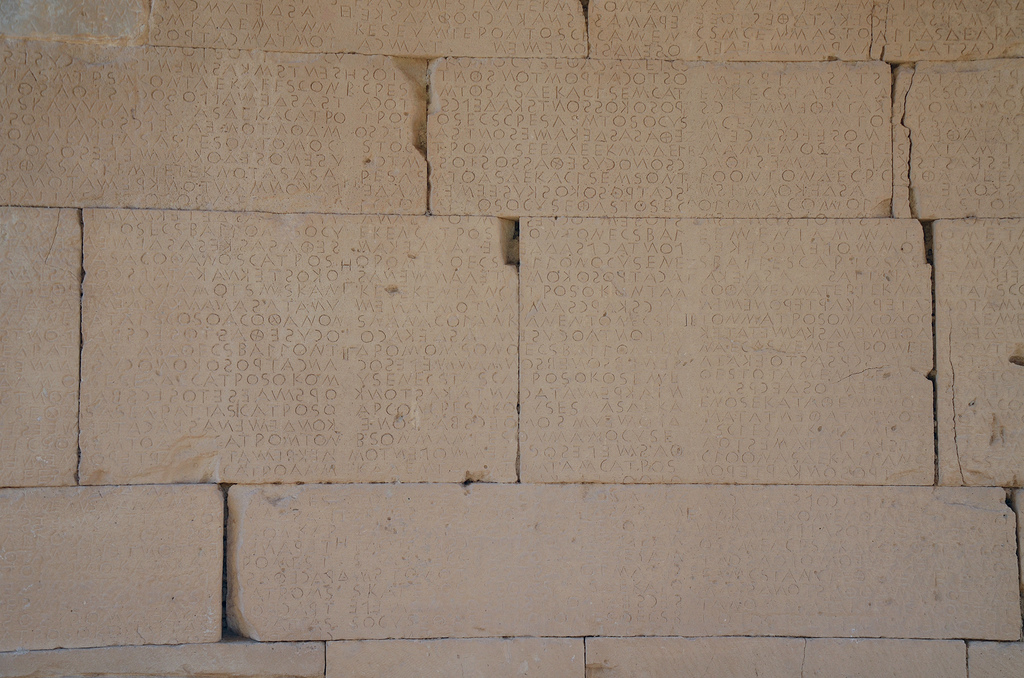
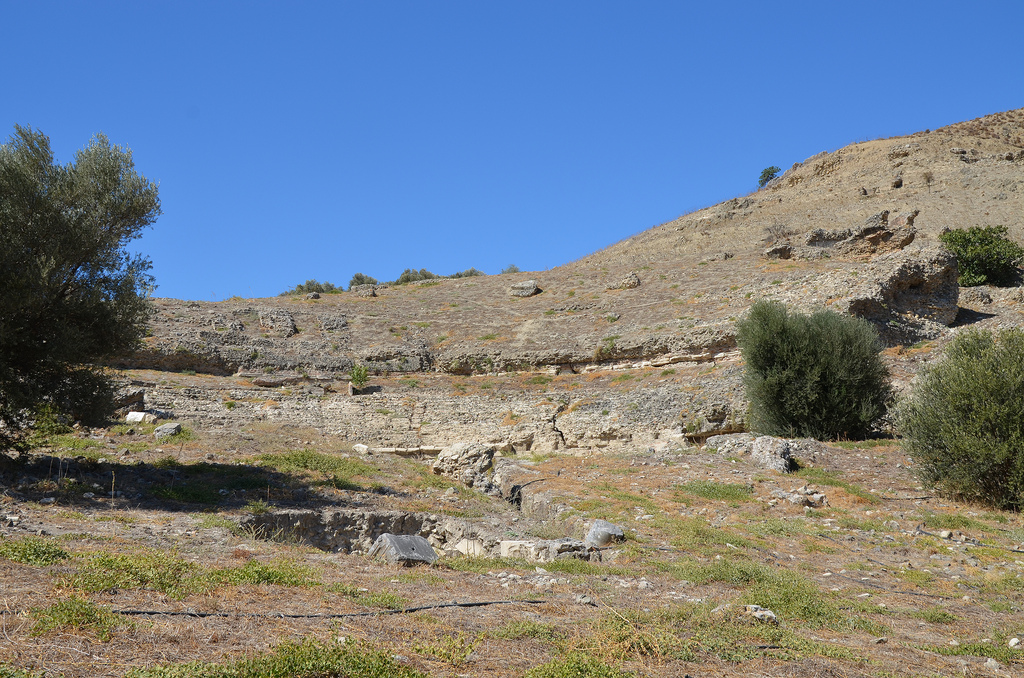
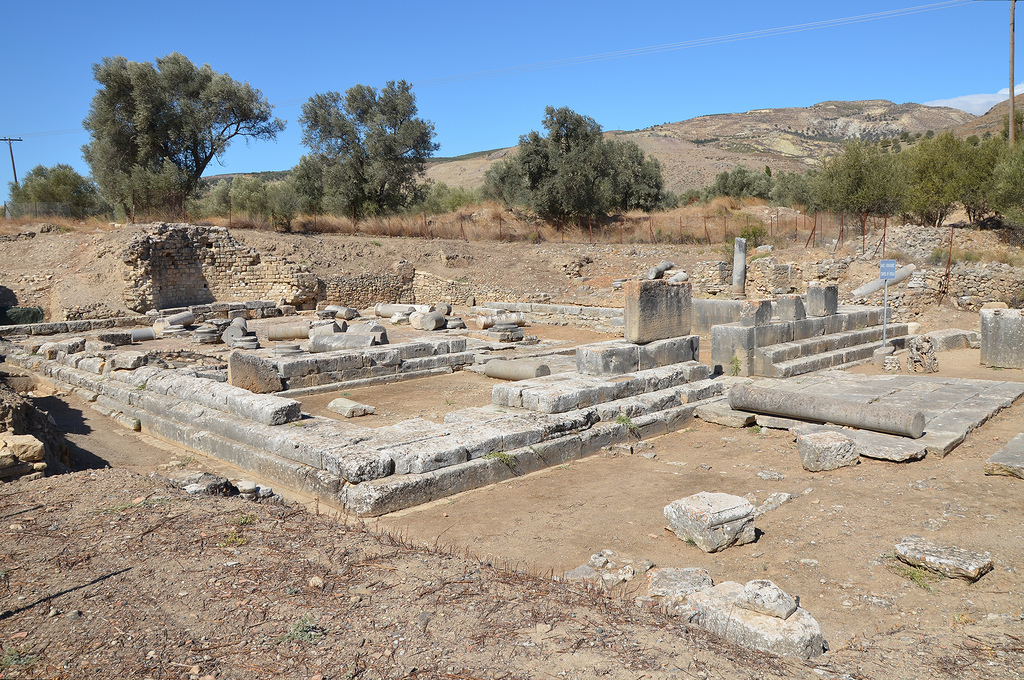

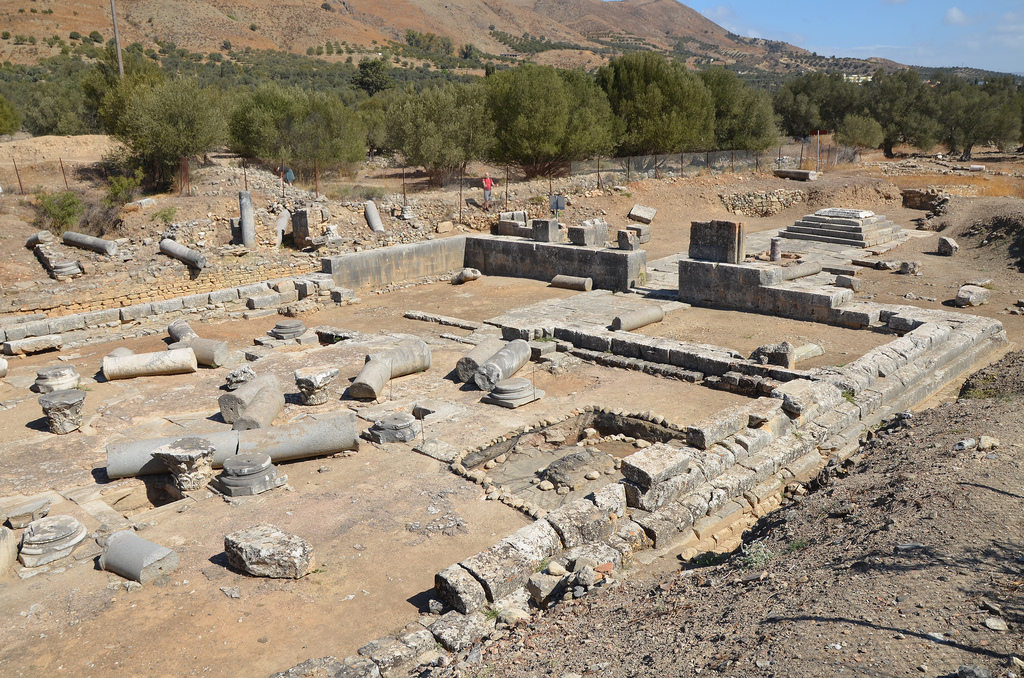
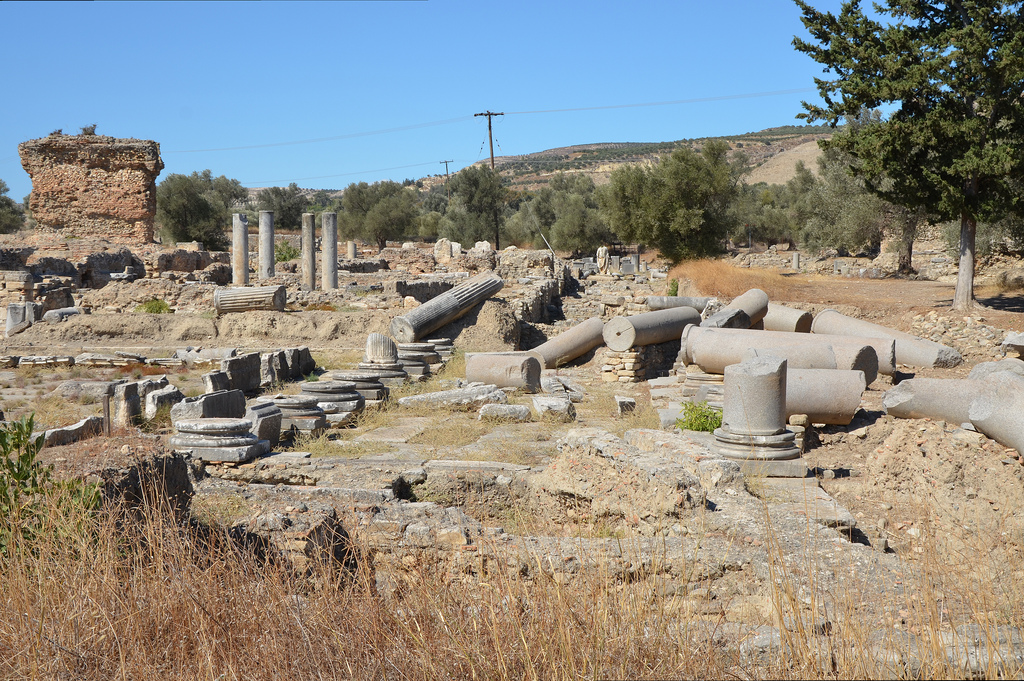
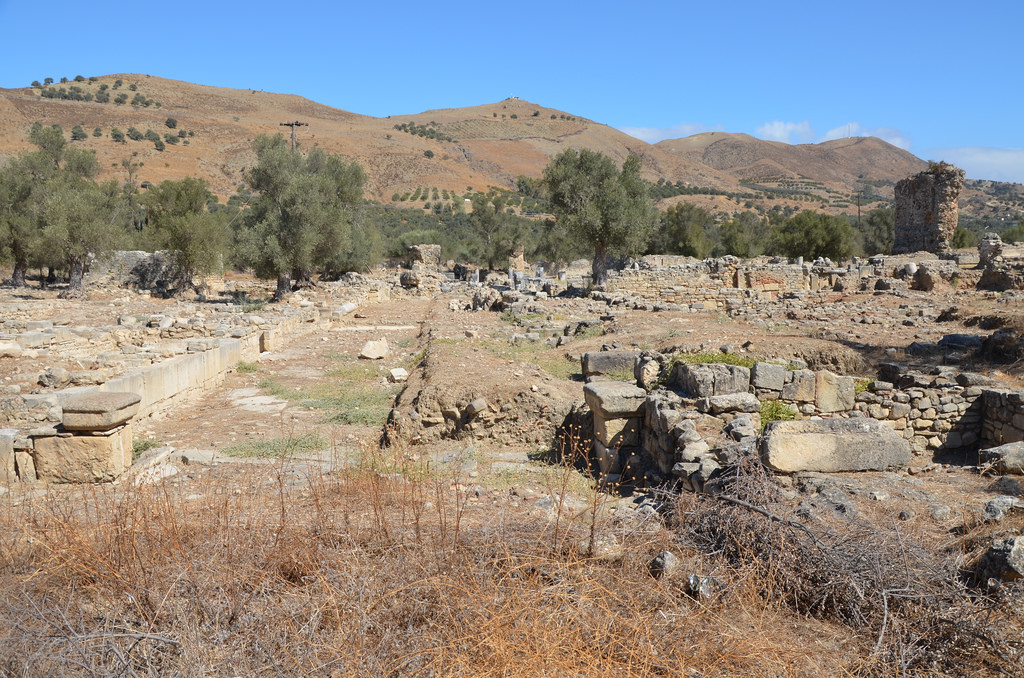

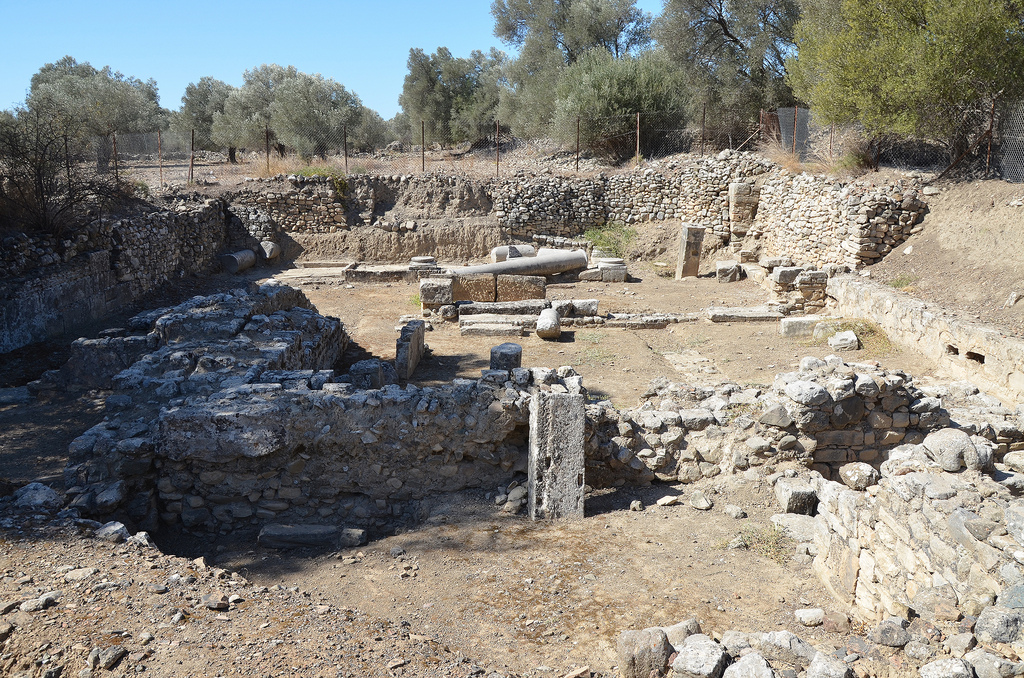
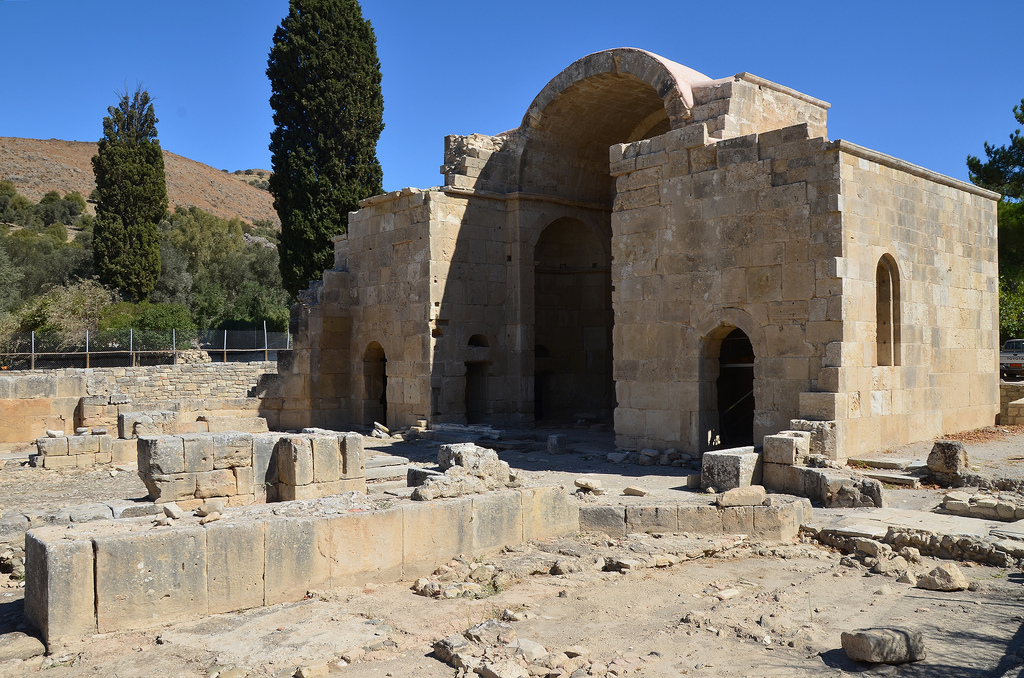
SCULPTURES found at gortynA

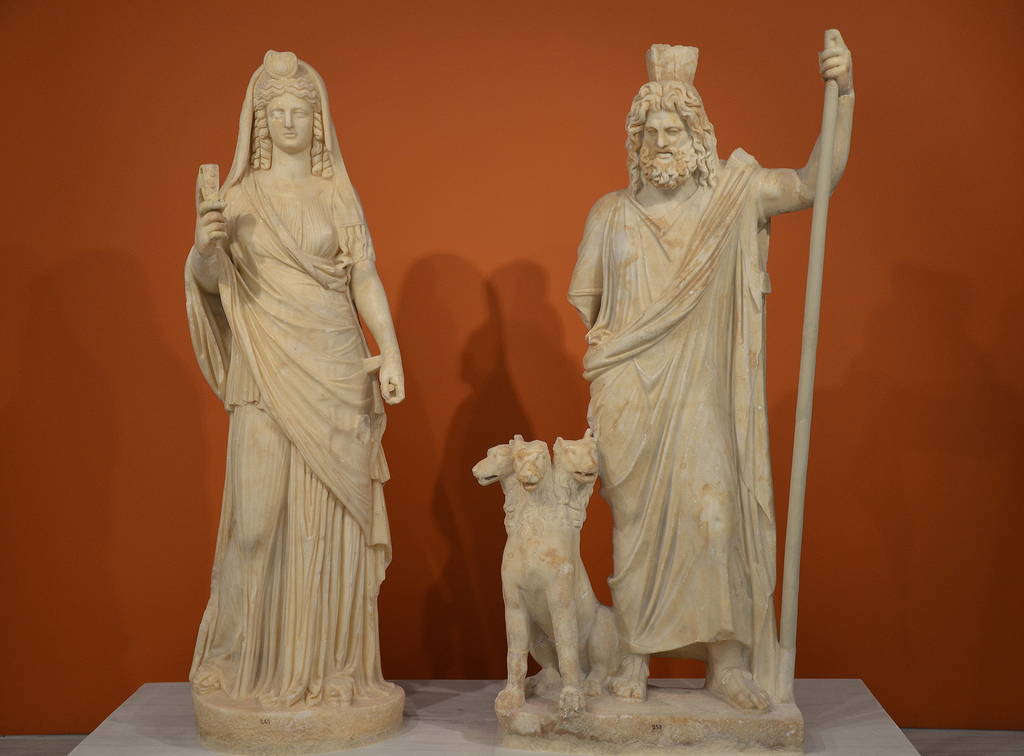
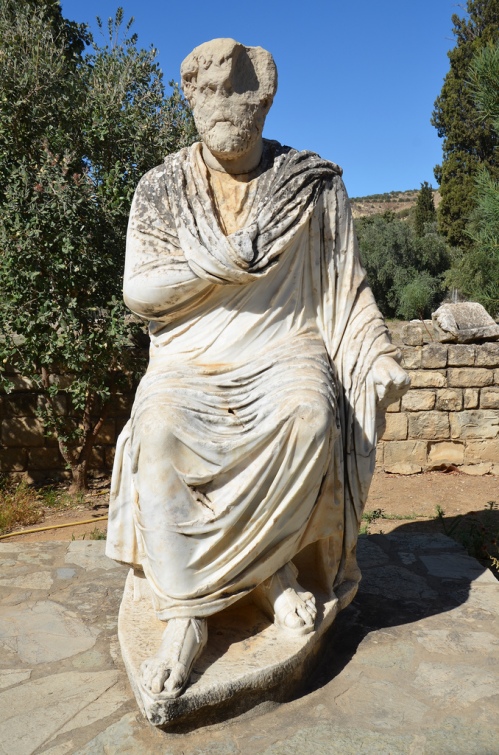
Links:









As always Carole , an excellent post with magnificent photo’s. I hope you are enjoying your visit to Crete and are not disappointed.
LikeLiked by 1 person
nice, I discovered this time ago and keep reading, enjoy Crete
LikeLiked by 1 person
Pingback: Aptera – following hadrian photography